50kg Aluminum Weighing Load Cell Sensor — Overview
The 50kg Aluminum Weighing Load Cell Sensor is a compact, high-accuracy sensor designed for reliable weight measurement up to 50 kilograms. Constructed from aluminum alloy, it delivers a strong yet lightweight solution for digital scales, package weighing, robotics, and industrial monitoring.
How it Works
This sensor uses the strain gauge principle integrated in a Wheatstone bridge configuration. When force is applied, the resistance of the strain gauges changes proportionally to the load, producing a small differential voltage. That signal can be amplified and converted to a digital value using an HX711 amplifier or other signal conditioning circuits.
Key Benefits
- High precision and stability because of four matched strain gauges.
- Low drift and consistent readings for long-term use.
- Lightweight aluminum construction for easier handling and mounting.
- Compact footprint with mounting holes for fast integration into custom platforms and scales.
Features and Specifications
- Load capacity: 50 kg.
- Material: Aluminum alloy for strength and low mass.
- Sensing principle: Strain gauge in Wheatstone bridge arrangement.
- Gauge configuration: Four strain gauges for improved accuracy.
- Connection: 4-wire interface labeled E+, E-, A+, A-.
- Recommended amplifier: HX711 or equivalent ADC/signal conditioner for digital output.
- Mounting: Compact design with pre-drilled mounting holes for easy installation.
- Durability: Designed for long service life and stable performance.
Wiring and Interfacing
Typical wiring uses four wires:
- E+ (Excitation +) — supply positive for the bridge.
- E- (Excitation -) — supply negative or ground for the bridge.
- A+ (Signal +) — positive differential output from the bridge.
- A- (Signal -) — negative differential output from the bridge.
For digital projects, connect the signal outputs to an HX711 amplifier module, then connect the HX711 to microcontrollers such as Arduino, ESP32, or a Raspberry Pi (with appropriate level shifting and libraries). Calibrate the system in software to convert raw ADC values to mass units.
Applications
- Digital weighing scales and platform scales.
- Parcel and logistics weighing systems.
- Industrial and laboratory weight monitoring.
- Robotics and automation for force sensing and payload detection.
- DIY electronics projects and prototype development with microcontrollers.
Installation and Calibration Tips
- Mount the load cell on a flat, stable surface and ensure the load is applied at the designed sensing point to avoid off-axis errors.
- Use proper shielding and short wiring runs for signal leads to reduce noise.
- Zero the system unloaded, then apply known calibration weights and record ADC values to compute scale factors.
- Temperature changes can affect readings; allow the system to warm up and perform calibration under typical operating conditions for best results.
Why Choose This Load Cell
This 50kg aluminum load cell sensor offers a balance of precision, durability, and ease of use. Its four-strain-gauge Wheatstone bridge design provides accurate and repeatable measurements, while the aluminum body keeps weight low and simplifies mounting in custom systems.
Note: Images are for illustration purposes only.

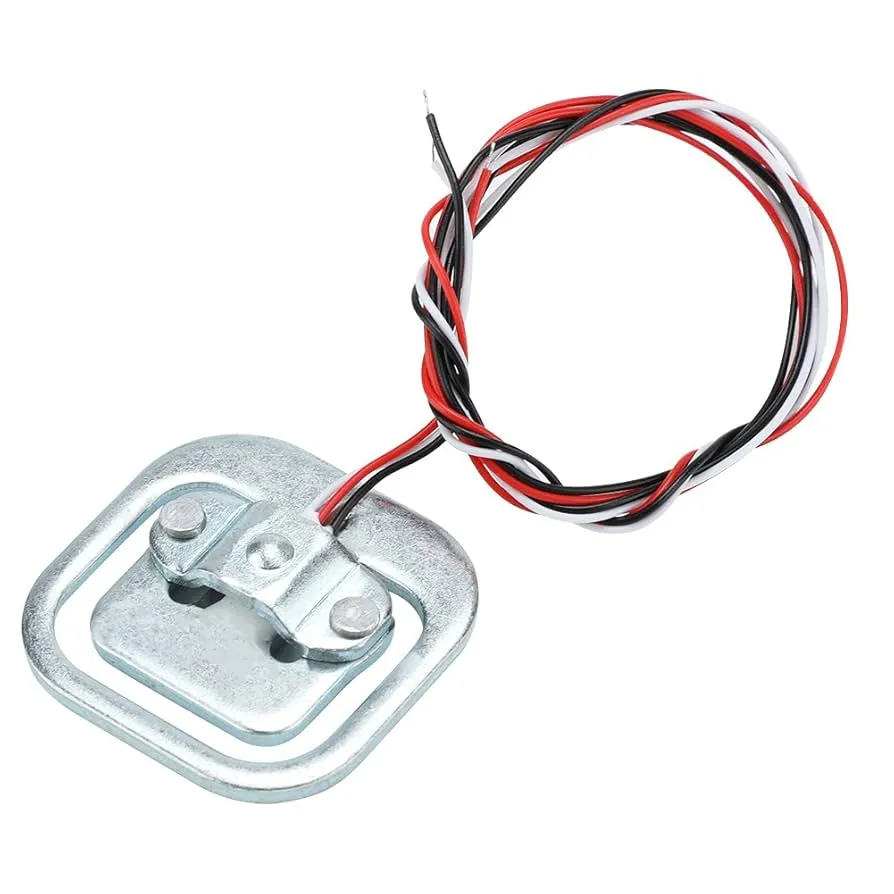
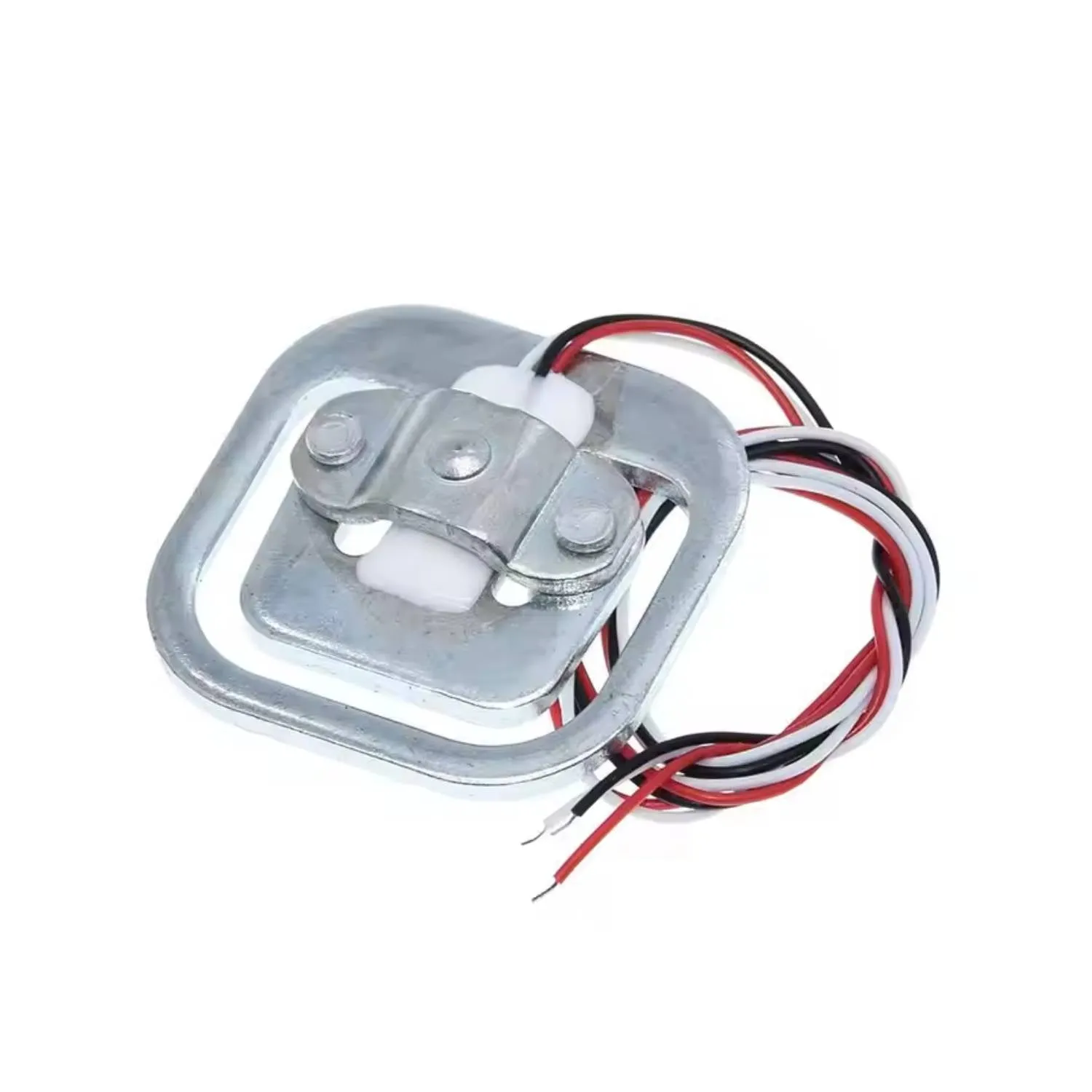

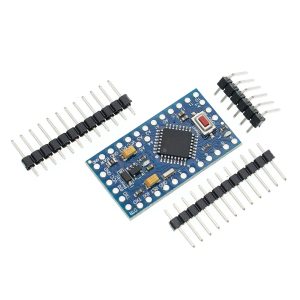
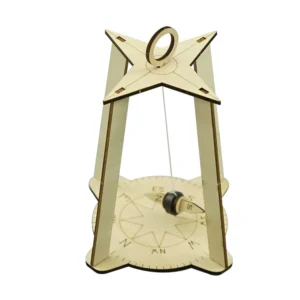
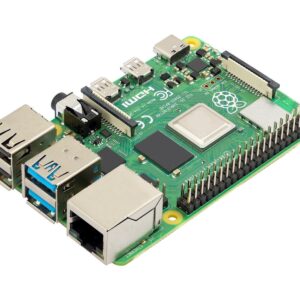
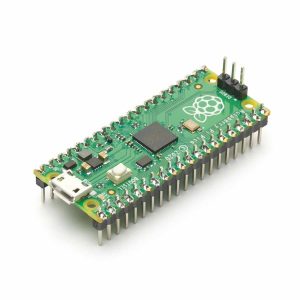

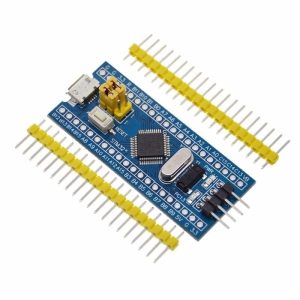
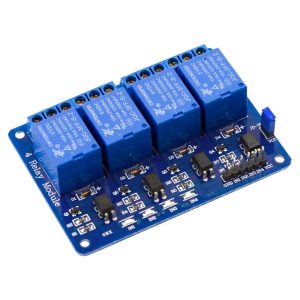
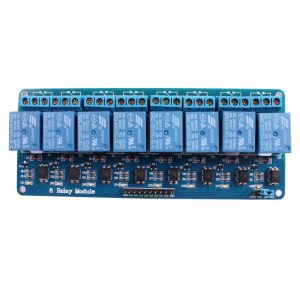
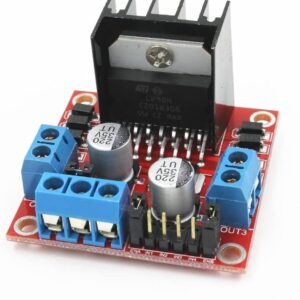
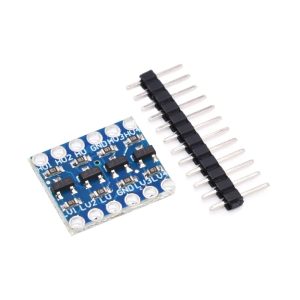

Reviews
There are no reviews yet